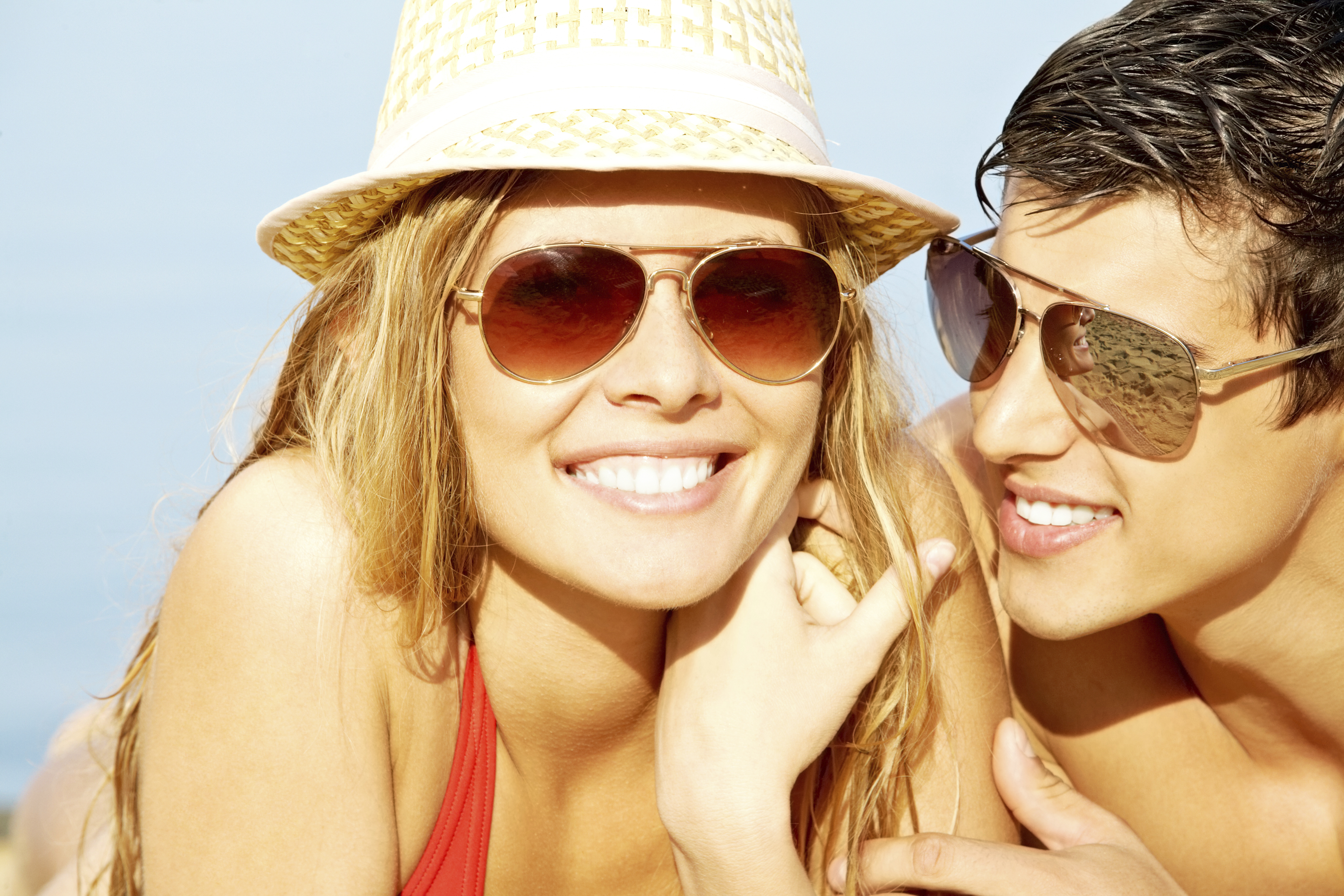After a long winter, the warmth of the sun and the desire for glowing skin can be tempting. However, dermatologists advise against tanning — both outdoors or in a tanning bed.
“There is proven evidence that going to the tanning beds can increase the risk for skin cancer significantly. For example, there is one study that shows that people who go to tanning beds before they are 35 years old increase their chances of getting skin cancer by 75 percent,” said Sanford Dermatology and Laser Clinic’s Tania Gonzalez Santiago, M.D.
Tanning bed use has created a “boom in incidence of melanoma in younger populations,” according to Gonzalez Santiago.
While the increased cancer risk is the most concerning, Gonzalez Santiago said exposure to ultraviolet radiation can also cause eye damage, wrinkles, sunspots and aging.
Misinformation about base tans
One misconception dermatologists often hear is building a “base tan” before vacation or spending time outdoors to avoid sunburn.
Gonzalez Santiago said our bodies have some level of sun protection factor built in based on our complexion, but when we get a tan, that natural SPF does not increase. Therefore, building a base tan does not provide your skin any additional protection beyond what it normally has.
“The body reacts to sun by creating melanin. It’s a self-mechanism of our body of something that’s actually harming it,” she said. “(Base tans) are actually causing more harm than you think.”
In fact, she said that a burn can sometimes take up to 48 hours to fully develop after exposure to UV radiation from a tanning bed.
“You might not notice a tan because that takes longer than 48 hours, but when you go out there to the beach or in the sun, you’ll be adding more to the damage,” she said. “It doesn’t protect you, it just adds to the sun damage that you’re getting.
Best protection
Avoiding tanning beds is an important factor in reducing skin cancer risk, but regular sunscreen use also reduces the risk.
Gonzalez Santiago advises people to use an SPF of at least 30 and to focus on proper application. She recommends one tablespoon of sunscreen for the face, and at least one ounce for the body.
“There are many other things that come into play — sweat, wind, all of those environmental factors,” she said. “It’s always good to not only apply the right amount, but to reapply every two hours.”
Gonzalez Santiago also recommends wide-brimmed hats and ultraviolet protection factor, or UPF, clothing.
Safer alternatives to tanning
For people still in search of a sun-kissed look, Gonzalez Santiago recommends a spray tan or at-home lotions to achieve the appearance of a tan without the harmful effects of ultraviolet radiation.
Or better yet, acceptance and self-love for how you look.
“If you’re pale, then just own it,” Gonzalez Santiago said. “You have to be proud of your ethnicity.”
More stories
- Melanoma survivor who had cancer at age 15: Save your skin
- A healthy life: Advice for women from their 20s to their 80s
…
Posted In Cancer, Dermatology, Health Information, Healthy Living
